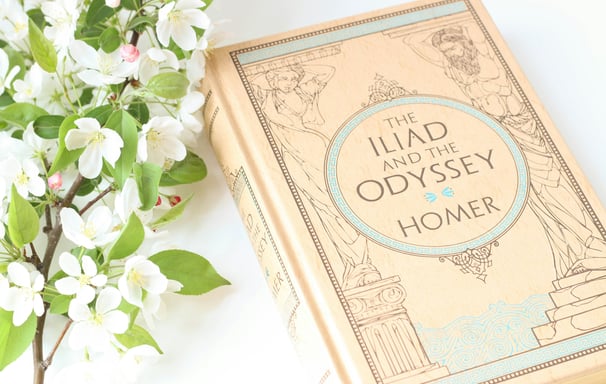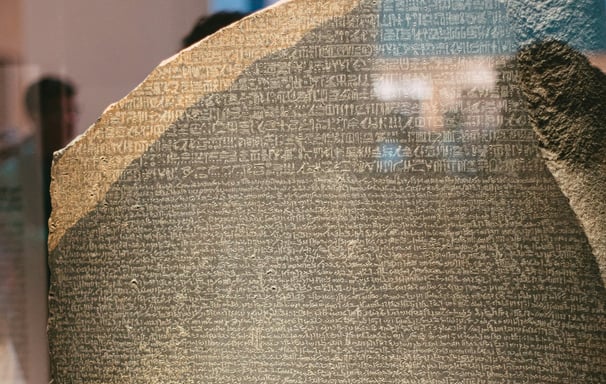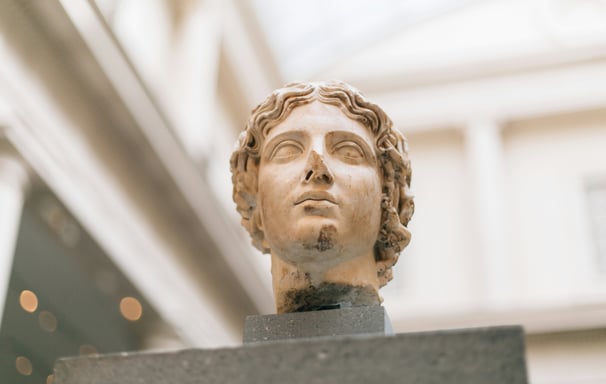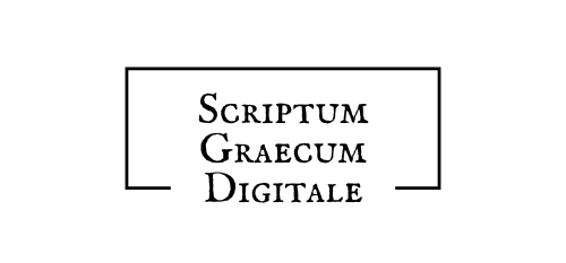The Iliad stands among the oldest extant works of ancient Greek literature, if not the very oldest. Its origins can be traced back to the 8th century BC, a period marked by the transition from oral tradition to written script. This historical positioning means that the Iliad not only represents a foundational moment in Greek literary history, but also reflects significant developments in the Greek language and script over time.
Moreover, the Iliad holds an enduring place in the canon of Western literature. The popularity and cultural weight of the text make it an ideal subject for exploring how ancient Greek has evolved in form, from early manuscript traditions to modern digital editions.


Choosing the Text
Given the Iliad’s origins as an oral composition, a genetic editorial approach was deemed appropriate for this project, as it emphasises the evolution of a work through its various stages and versions. This is particularly fitting for the Iliad, which likely existed in multiple oral variants before being committed to writing.
The genetic model also allows for the representation of textual fluidity and transformation over time. This approach also enables the application of quantitative methods, particularly in displaying and comparing different versions of the text. Rather than privileging a singular ‘original’, the editorial process here respects the multiplicity and variation inherent in the Iliad’s history.


Designing the Approach
This project did not include extensive translation, commentary, or literary analysis of the Iliad passage. The primary focus was on the visual and material appearance of the text, particularly how it might have looked in different historical stages of the Greek language and script. By emphasising the physical presentation rather than interpretative content, the aim was to foreground the evolution of writing styles and orthographic conventions, offering insights into the text’s historical transmission and reception.


